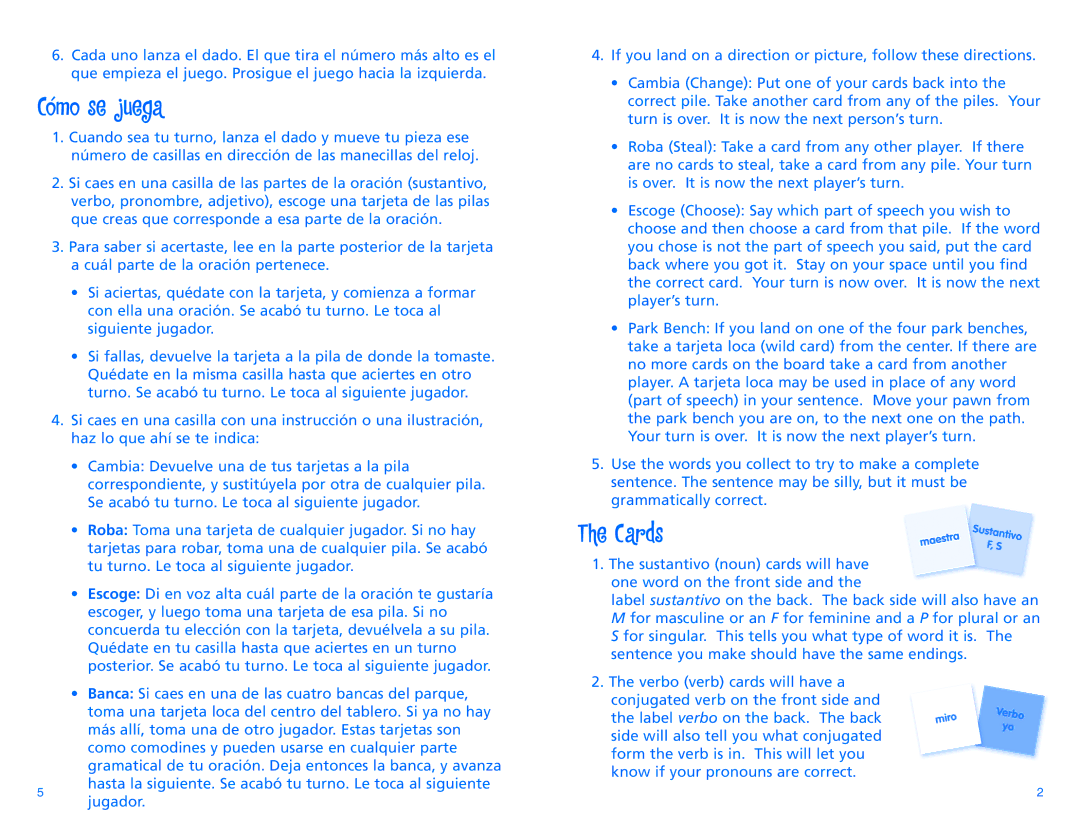LER 1066 specifications
Learning Resources is a company renowned for developing innovative educational tools that inspire creativity, curiosity, and a love of learning among children. One of their standout products is the Learning Resources LER 1066, a versatile learning tool designed to foster engagement and enhance educational experiences for young learners.The LER 1066, commonly referred to as the "MathLink Cubes," is an exceptional resource that utilizes hands-on learning to teach fundamental math concepts to preschool and early elementary students. This educational tool includes 100 colorful cubes that easily snap together, making them ideal for various educational activities and lessons.
One of the main features of the LER 1066 is its versatility. These cubes can be used for a wide range of activities, from counting and sorting to more complex operations such as addition and subtraction. Teachers can incorporate MathLink Cubes into lesson plans to help students visualize mathematical concepts, making them easier to understand and remember.
In addition to traditional math applications, the LER 1066 cubes can be used in creative ways, providing opportunities for children to explore spatial awareness and problem-solving skills. For example, kids can build structures, create patterns, or even engage in simple engineering challenges. This multifaceted approach not only reinforces math skills but also nurtures critical thinking and collaboration.
The cubes are designed with a focus on durability and safety. Each cube is made from high-quality materials that ensure they can withstand the rigors of classroom use while being safe for younger children. Additionally, their bright colors and engaging design catch children's attention, making learning more fun and inviting.
Another noteworthy characteristic of the Learning Resources LER 1066 is its alignment with educational standards. This product has been designed taking into consideration early childhood education guidelines, thus ensuring it effectively supports math learning objectives. Teachers can confidently integrate these cubes into their curriculum, knowing that they will aid in meeting both academic and developmental goals.
In conclusion, the Learning Resources LER 1066 MathLink Cubes are a remarkable educational tool that combines hands-on learning with engaging activities to help young learners develop essential math skills. Their versatility, durability, and compliance with educational standards make them an invaluable resource in both home and classroom settings. As children manipulate these colorful cubes, they not only learn mathematical concepts but also cultivate a positive attitude towards learning, setting the foundation for future academic success.

